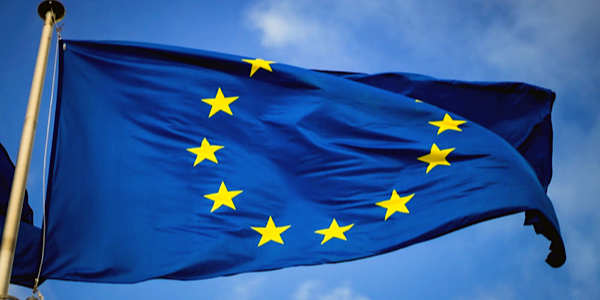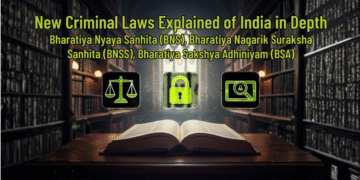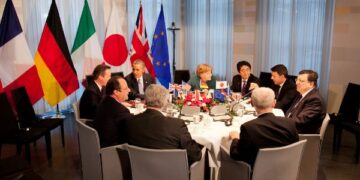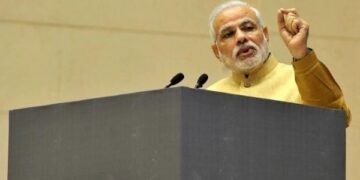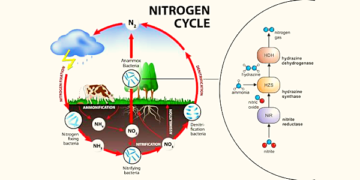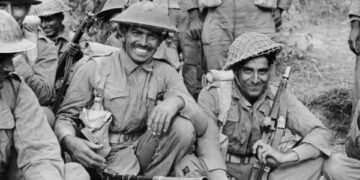The Council of Europe is a non– governmental organization founded in the aftermath of WWII to promote democracy, Human rights & the rule of law throughout Europe. Read on to learn more about the Council of Europe’s roles and responsibilities, COE members, structure, and much more. The Council of Europe is very important for your UPSC exam. As a result, this topic includes in UPSC prelims and GS II Paper under International Relations. So let’s begin.
Council of Europe: Introduction
- The Council of Europe is a post-World War II international organization. It dedicates to promoting human rights, democracy, & the rule of law in Europe.
- It was established in 1949 and recently has 46 member countries (including all 27 EU members).
- Also, there has never been a country that entered the EU without first being a member of the Council of Europe.
- The Council of Europe is a United Nations official observer.
- It does not have the authority to enact binding laws, but it does have the power to enforce some international accords.
- Strasbourg, France, is the headquarters.
- Also, The Council of Europe works to defend and promote three fundamental values. That is human rights, democracy, and the rule of law. As a result, it is commonly known as Europe’s “human rights watchdog.”
- It is not the same as the (EU) yet, many symbols, such as the flag and the tune, are common between the two.
Why in the news:
Following its invasion of Ukraine, Russia’s membership in the Council of Europe is already canceled.
What exactly is the problem?
Russia has launched a full-fledged invasion of Ukraine, with Russian forces invading the Obolon neighborhood. which is fewer than 10 kilometers from the government’s seat of power in Central Kyiv.
Resolution opposing Russia’s actions on Ukraine:
India voted in opposition to a UN Security Council resolution sponsored by the US that “strongly condemns” Russia’s “aggression” against Ukraine, arguing that discussion is the only way to resolve differences and disputes.
The United States and Albania introduced the Resolution. Also, it was co-sponsored by several other countries.
Therefore The Resolution was made clear. The Council’s commitment to Ukraine’s sovereignty, independence, unity, and territorial integrity within internationally recognized borders.
Also, It asks Russia to evacuate all of its military forces. Immediately and completely from Ukraine’s territory within its internationally recognized borders
Why did India vote no?
India does not agree with the Resolution’s harsh language condemning Russia’s actions. Instead, it strives to keep a balance between the Western bloc led by Russia and the United States because it has major partners and crucial points on both sides.
Therefore, India voted against the UN Security Council resolution. Also, they told the US that Russia’s aggression was directed squarely at Ukraine. Emphasizing that communication is the only way to settle disagreements.
Before we get into Roles and Responsibilities, Council of Europe Structure, COE Members, and so on. Let’s look at some of the other essential UPSC topics we’ve covered for IAS candidates. UPSC Study Materials are available here.
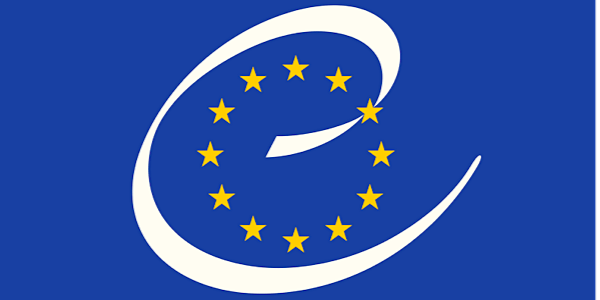
Roles & Responsibilities
- The Council of Europe does not have the authority to enact binding laws. But it does not have the authority to enforce some international agreements established by European governments on a variety of issues.
- Also, the Council of Europe promotes freedom of expression and the media, as well as freedom of assembly, equality, and minority protection.
- It assists member governments in combating corruption and terrorism, as well as in implementing required judicial reforms.
- Council of Europe advocates for human rights through international treaties. such as the Convention on Preventing and Combating Violence against Women as well as the Convention on Cybercrime and Domestic Violence
- It examines the development of member countries in these areas. Also, it makes suggestions through impartial expert monitoring organizations. The death penalty is no longer useful in Council of Europe member states.
Council of Europe: Structure
The Council of Europe’s structures is:
Secretary-General
The Secretary-General heads the Secretariat of the Council of Europe. Who is elected for a five-year term by the Parliamentary Assembly? On September 29, 2009, Thorbjrn Jagland, a former Norwegian Prime Minister. He is elected Secretary-General of the Council of Europe. He was re-elected in June 2014, and his second term began on October 1, 2014.
The Committee of Ministers
The Committee of Ministers comprises the Foreign Ministers of all 47 Council of Europe member states, their Permanent Representatives, and Ambassadors’ support. The presidency of the Committee of Ministers is held in alphabetical order for six months, following the English alphabet: Turkey 11/2010, 05/ 2011, Ukraine United Kingdom, 5/2011 11/2011 11/2011 05/2012, Albania 05/2012 11/ 2012, Andorra 11/2012 05/ 2013, Armenia 05/2013, 11/2013, Austria 11/2013 05/2014, and so on.
Parliament Assembly
The Parliamentary Assembly of the Council of Europe (PACE) brings together national lawmakers from all member nations. The Assembly adopts resolutions and makes recommendations to governments. it is a conversation with its governmental equivalent, the Committee of Ministers, and is sometimes referred to as the organization’s “motor.” Government and opposition parties must be represented in the national legislative delegations to the Assembly.
Rapporteurs are members of the Assembly who prepare parliamentary reports on specific themes. For example, Sir David Maxwell-Fyfe, a British MP, was the European Convention on Human Rights rapporteur. In 2006 and 2007, Dick Marty’s claims about secret CIA detentions and rendition flights in Europe became highly renowned. Other Assembly reports they contributed to the elimination of the death sentence in Europe, raising awareness of the political and human rights situation in Chechnya, identifying those responsible for missing individuals in Belarus, documenting challenges to media freedom, and many other issues.
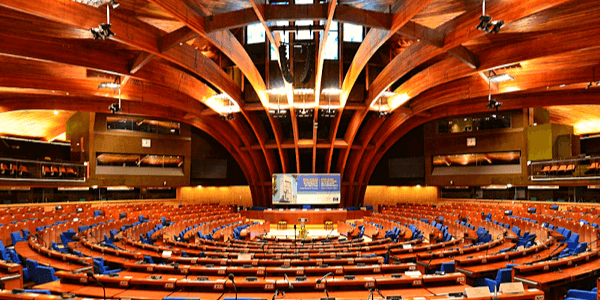
Congress of Local and Regional Authorities
The Council of Europe’s Congress (Congress of Local and Regional Administrations of Europe) was established in 1994. It consists of political representatives from all member nations’ local and regional authorities. The European Charter of Local Self-Government of 1985 & the European Outline Convention on Transfrontier Cooperation between Territorial Communities or Authorities of 1980 is two of Europe’s most prominent instruments.
The European Court of Human Right
European Court of Human Rights, which was formed in 1950 by the European Convention on Human Rights, is composed of one judge from each member state. Who is chosen by the Parliamentary Assembly for a single, non-renewable term of nine years and is led by the elected President of the Court? Guido Raimondi of Italy is the current President of the Court. Also, The Court’s case processing was overhauled. They simplified under the recent Protocol No. 14 to the European Convention on Human Rights.
Commissioner of Human Rights
Since its establishment in 1999, the Parliamentary Assembly has elected the Commissioner for Human Rights for a six-year non-renewable term. Also, Dunja Mijatovi of Bosnia and Herzegovina has held this role since April 2018.
INGO Conference
The International NGO Conference. NGOs are welcome to attend the Council of Europe’s INGOs Conference. Therefore, They have had “participatory status” since the Committee of Ministers adopted Resolution (2003) on November 19, 2003.
The Joint Council on the Youth of Europe Council
The Council of Europe’s Joint Council on Youth. The Joint Council on Youth is made up of the European Youth Steering Committee (CDEJ) and the Council of Europe’s Advisory Council on Youth (CCJ) (CMJ). The CDEJ brings delegates from the 50 States Parties to the European Cultural Convention responsible for youth issues. The CDEJ promotes government-to-government collaboration in the youth sector by providing a platform for evaluating national youth policies, exchanging best practices, and developing standard-setting texts. Thirty representatives from non-governmental youth organizations and networks make up the Advisory Council on Youth. It solicits youth NGOs’ feedback on all youth sector initiatives and ensures that young people are involved in the Council’s other activities.
The CoE system also contains a number of semi-autonomous “Partial Agreements,” some of which are open to non-member states:
- In Paris, the Council of Europe Development Bank
- With its European Pharmacopoeia, the European Directorate for the Quality of Medicines
- Audiovisual Observatory of Europe
- Eurimages is a European support fund for film co-production and distribution.
- The Pompidou Group – International Collaboration to Combat Drug Abuse and Illicit Drug Trafficking and so on.
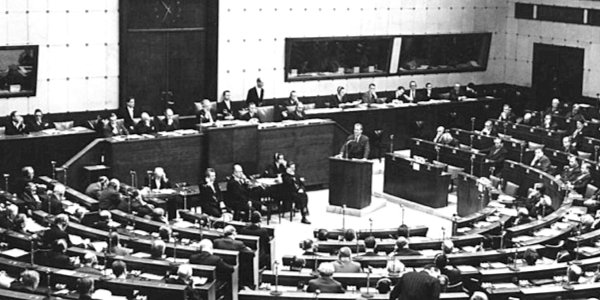
Council of Europe (COE): Member
The Council of Europe (COE) has 47 members, including:
Belgium, Denmark, France, Ireland, Italy, Norway, Luxembourg, the Netherlands, Sweden, the United Kingdom, Greece, Austria, Cyprus, Switzerland, Malta, Portugal, Spain, Turkey, Iceland, Germany, Liechtenstein, San Marino, Finland Hungary; Poland, Bulgaria, Estonia, Lithuania, Slovenia, Czech Republic, Slovakia, Romania, Andorra, Latvia, Albania, Moldova, Macedonia, Ukraine, Russia, Georgia, Croatia, Armenia, Azerbaijan, Bosnia and Herzegovina, Monaco and Montenegro, Serbia.
Conclusion– Council of Europe
Finally, this article offers information about the Council of Europe. What is the Council of Europe? Responsibilities and roles, The structure of the Council of Europe. COE’s Member and other information This is a key topic for your UPSC test. As a result, read the entire material and note down key elements. Also, check the official UPSC website for your exam date and any recent notifications.

FAQ– Council of Europe
The Committee of Ministers, Parliamentary Assembly, Secretariat (headed by the Secretary-General), European Court of Human Rights, Commissioner for Human Rights, & Council of Europe Congress are the primary bodies and structural elements of the Council of Europe.
On May 5, 1949, ten countries (Belgium, Denmark, France, Ireland, Italy, Luxembourg, Netherlands, Norway, Sweden, and the United Kingdom) founded the Council of Europe, which Greece and Turkey later joined in August 1949. It now has 46 countries as members.
The European Union is not the Council of Europe. However, despite their differences, the European Union’s 27 member nations are all members of the Council of Europe.
The Council of Europe is Europe’s oldest political organization, found in the aftermath of World War II. Also, The notion of a European assembly was initially developed at the International Committee of the Movements for European Unity’s Congress of Europe, held in The Hague on May 10, 1948.
Editor’s Note | Council of Europe
In Summary, You will learn about The Europe Council. We hope that this material is helpful to IAS candidates. We have covered areas such as what the Council of Europe is, members of the COE, the structure of the COE, and so on. Please read the complete post. Also, please don’t forget to visit our website for free study materials. You must have a basic comprehension and conceptual clarity of national and worldwide news events in order to pass this test. Therefore, Every day read the news and current events —finally, best wishes.

